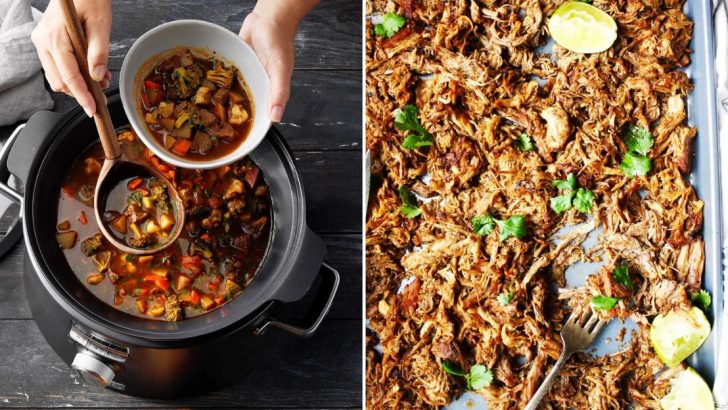Slow cookers are like kitchen magic—just toss in your ingredients, set the heat, and let the hours do the work. But even the easiest recipes can fall flat if a few common slip-ups sneak in.
From soggy vegetables to bland stews, these little mistakes are easier to make than you’d think.
The good news? Each one comes with a simple fix to get your slow-cooked meals back on track.
1. Lifting the Lid Too Often
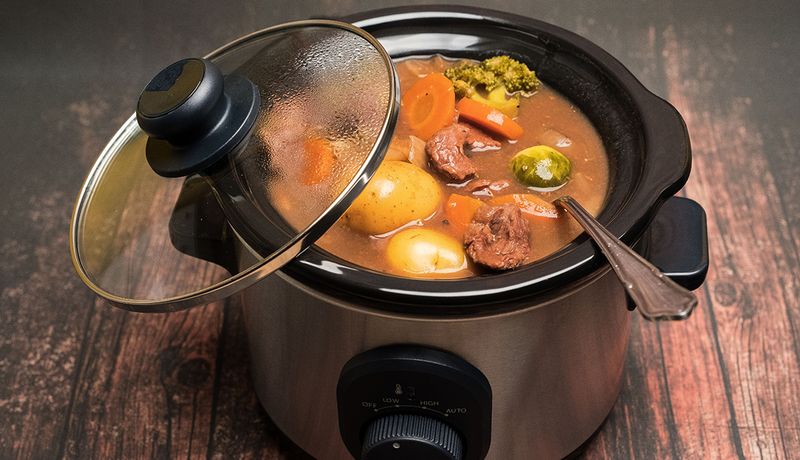
Every time the lid comes off, heat escapes and adds 20–30 minutes to the cooking time. It’s tempting to peek, but doing it too often throws off the rhythm of your dish.
Trust the process. Let the steam stay trapped so your meal stays hot and on schedule.
2. Overfilling The Crock
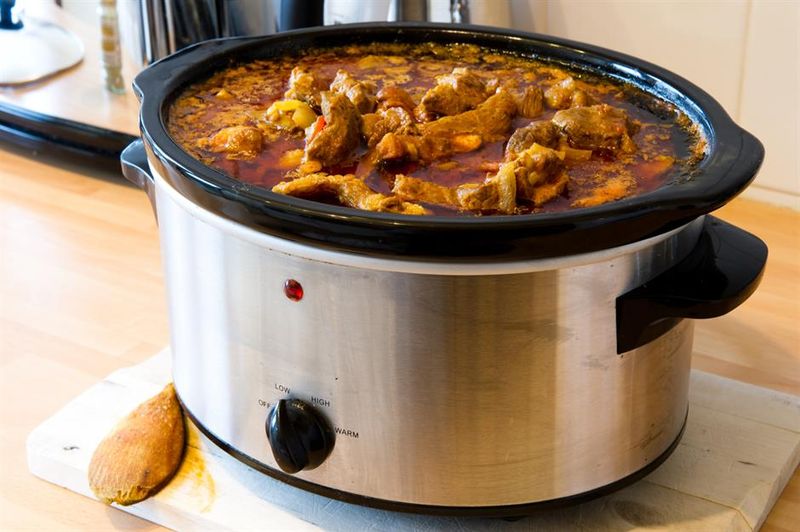
Packing the pot to the brim leaves no space for steam or movement, leading to uneven cooking. Sauces bubble over, and meats may stay half raw while the edges burn.
Stick to the two-thirds rule. A little empty space keeps everything simmering smoothly and safely.
3. Not Browning Meat First
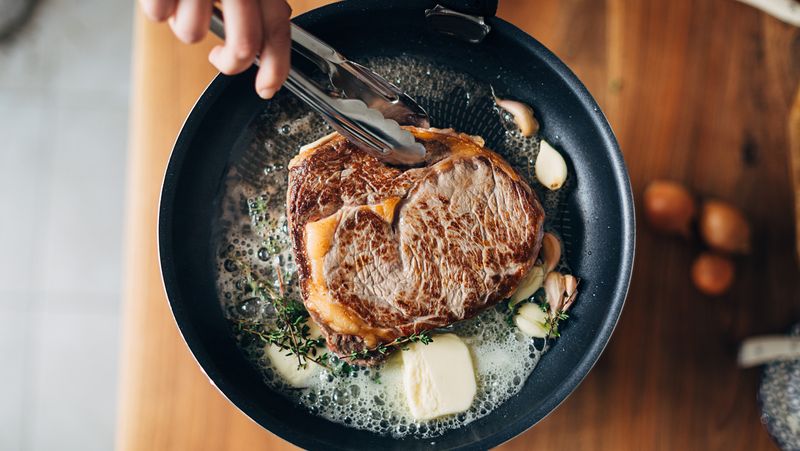
Raw meat tossed straight into the pot misses out on that golden crust and rich flavor. Slow cookers don’t reach high enough heat to caramelize the surface.
A quick sear in a hot pan adds depth that hours of slow simmering can’t match. It’s one extra step that changes everything.
4. Using Too Much Liquid
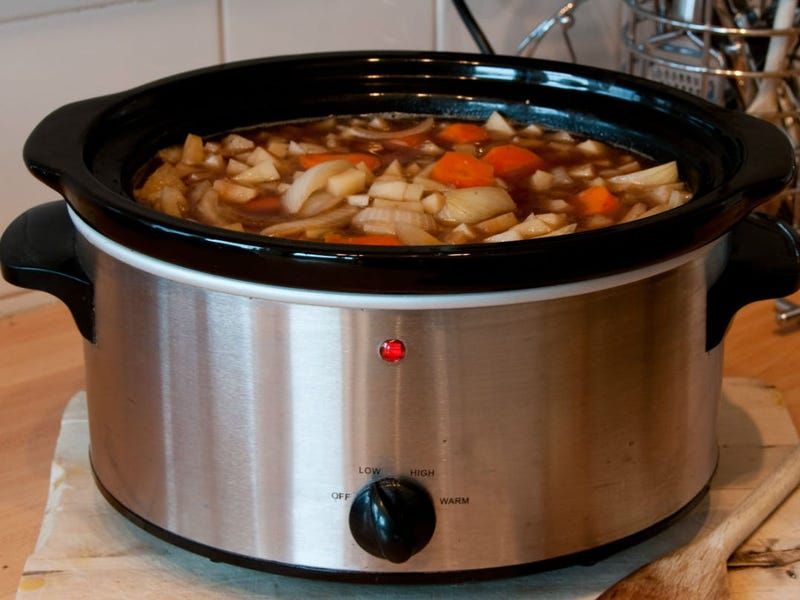
Unlike the stovetop, a slow cooker doesn’t allow much evaporation, so extra broth or sauce can turn things soupy fast. What should be thick and hearty ends up watery and dull.
Use less than you think you need. The meat and veggies will release plenty of moisture on their own.
5. Cooking Dairy Too Long
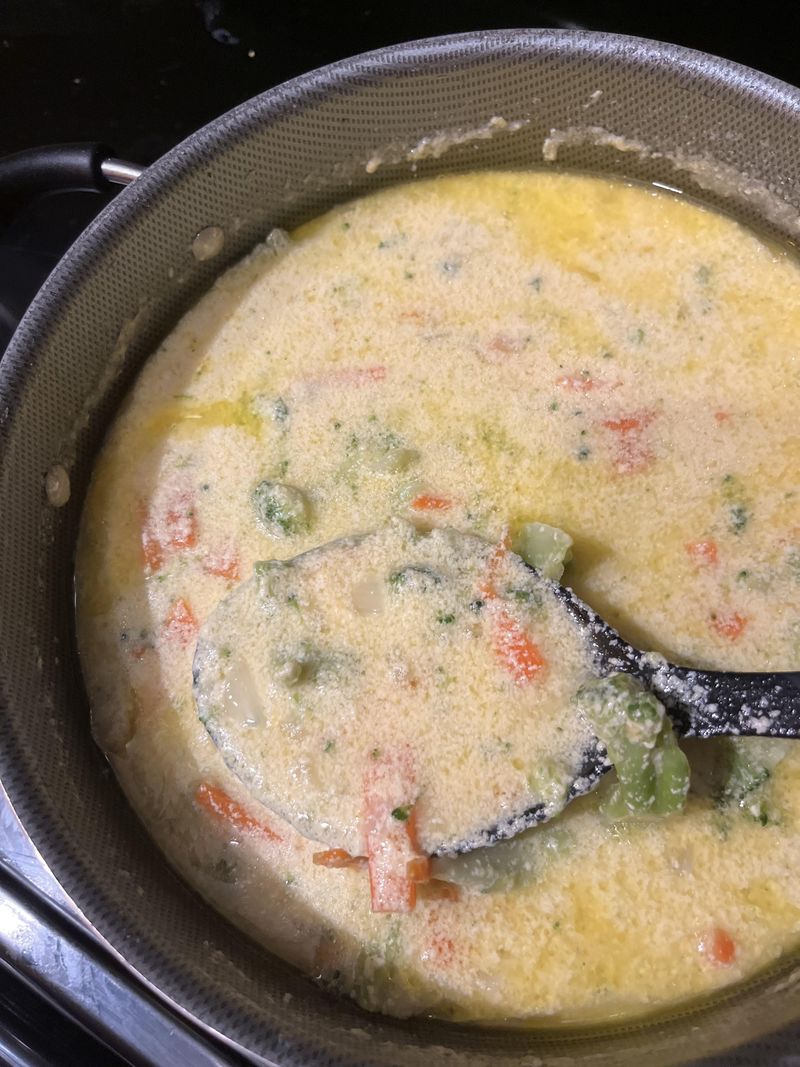
Milk, cream, and cheese don’t hold up well over hours of low heat—they tend to curdle or separate. That rich, creamy soup might turn gritty instead of silky.
Add dairy near the end, once everything else is tender and bubbling. Ten to fifteen minutes is usually enough to warm it through.
6. Starting With Frozen Meat
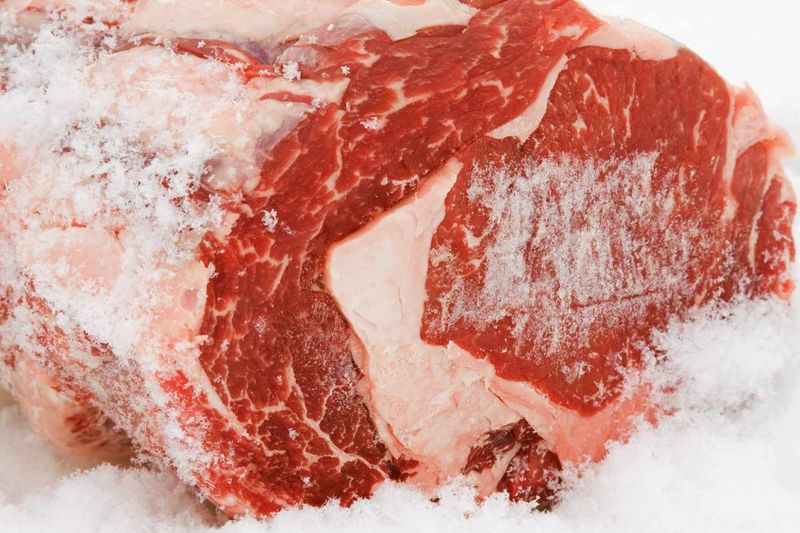
Dropping frozen chicken or beef into the pot can leave it in the temperature danger zone too long. That’s a food safety risk, not just a texture problem.
Thaw your meat first in the fridge overnight. A little planning keeps things safe and evenly cooked.
7. Not Layering Ingredients Properly
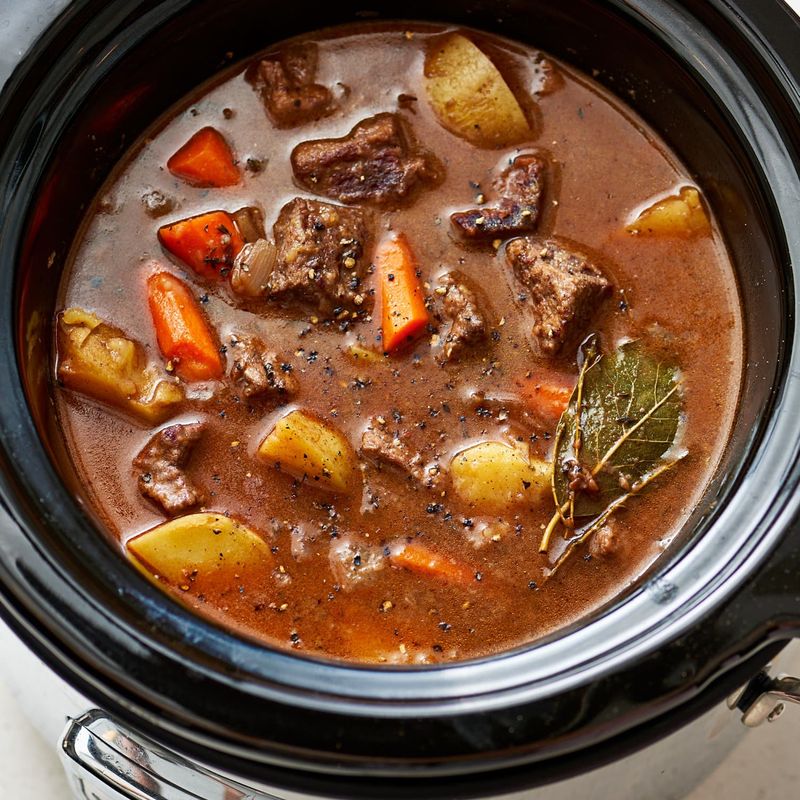
Tossing everything in randomly can lead to overcooked vegetables and undercooked meat. Hard veggies like carrots and potatoes need more time than bell peppers or greens.
Place denser ingredients at the bottom, where the heat is strongest. Delicate items go on top or added later.
8. Skipping Seasoning Until The End
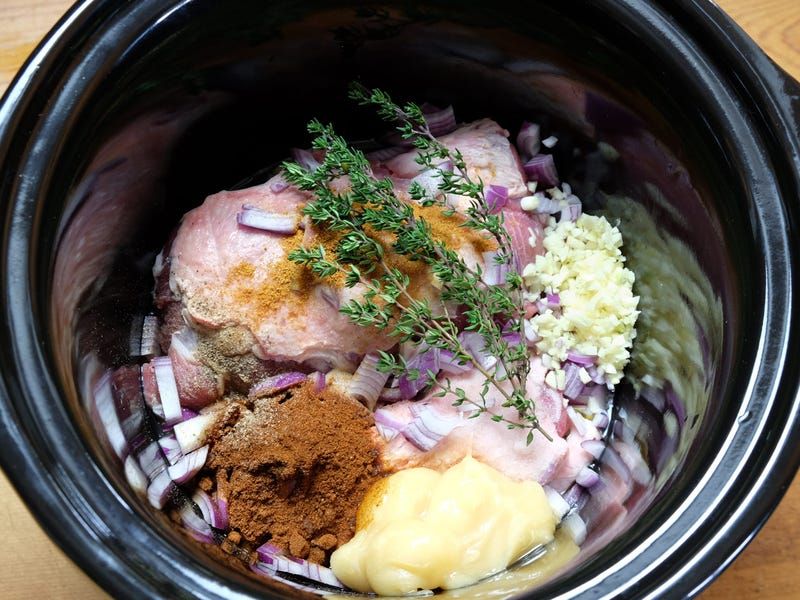
Hoping to adjust flavor after it’s done can leave your dish tasting flat or one-note. Spices and herbs need time to bloom into the sauce or broth.
Layer your seasonings early, then adjust at the end only if needed. A well-seasoned base makes the whole dish shine.
9. Using The Wrong Cut Of Meat
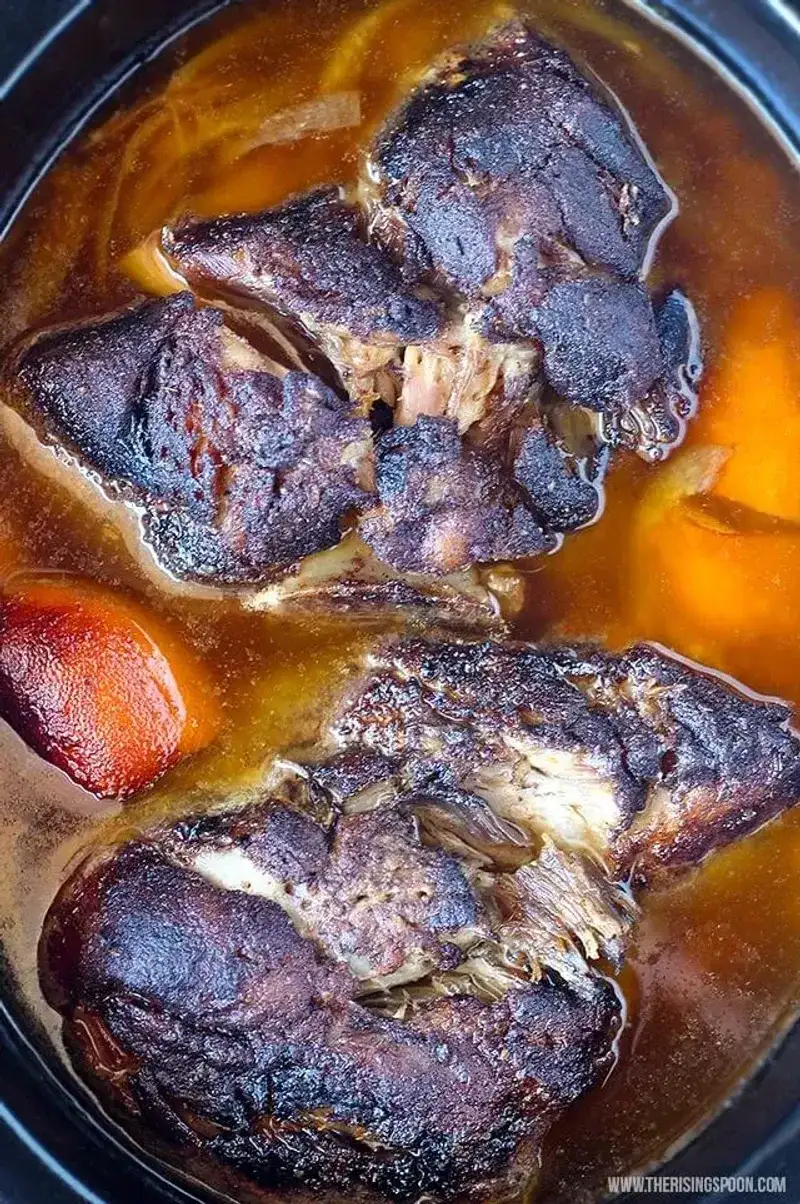
Leaner cuts like chicken breast or pork loin often dry out after hours of cooking. They’re too delicate for low-and-slow heat.
Choose fattier, tougher cuts like chuck roast, short ribs, or chicken thighs. They break down beautifully and stay juicy through the long haul.
10. Cooking Pasta Or Rice In The Pot
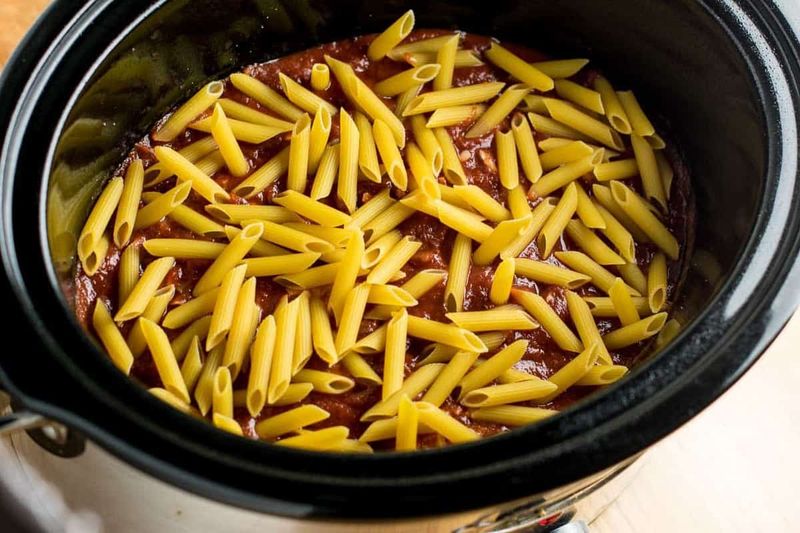
Grains and noodles soak up too much liquid and often turn to mush. The texture ends up more like paste than pasta.
Cook them separately and stir them in just before serving. That way, they hold their bite and don’t steal all the broth.
11. Using Dried Herbs At The Wrong Time
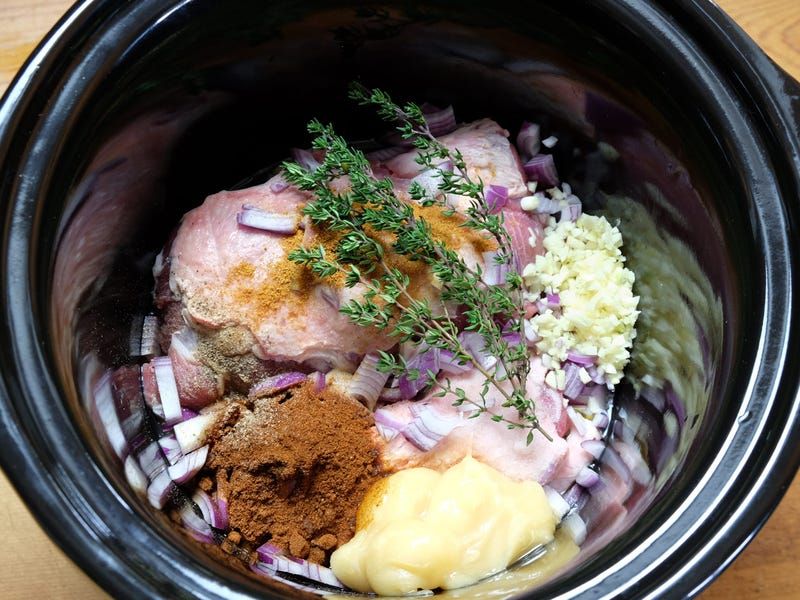
Tossing in dried herbs right at the end leaves them sharp and dusty, without time to blend into the dish. Some even stay tough and chewy.
Add dried herbs early so they soften and flavor the sauce. Save fresh herbs for the finish—they shine brightest just before serving.
12. Adding Delicate Veggies Too Early
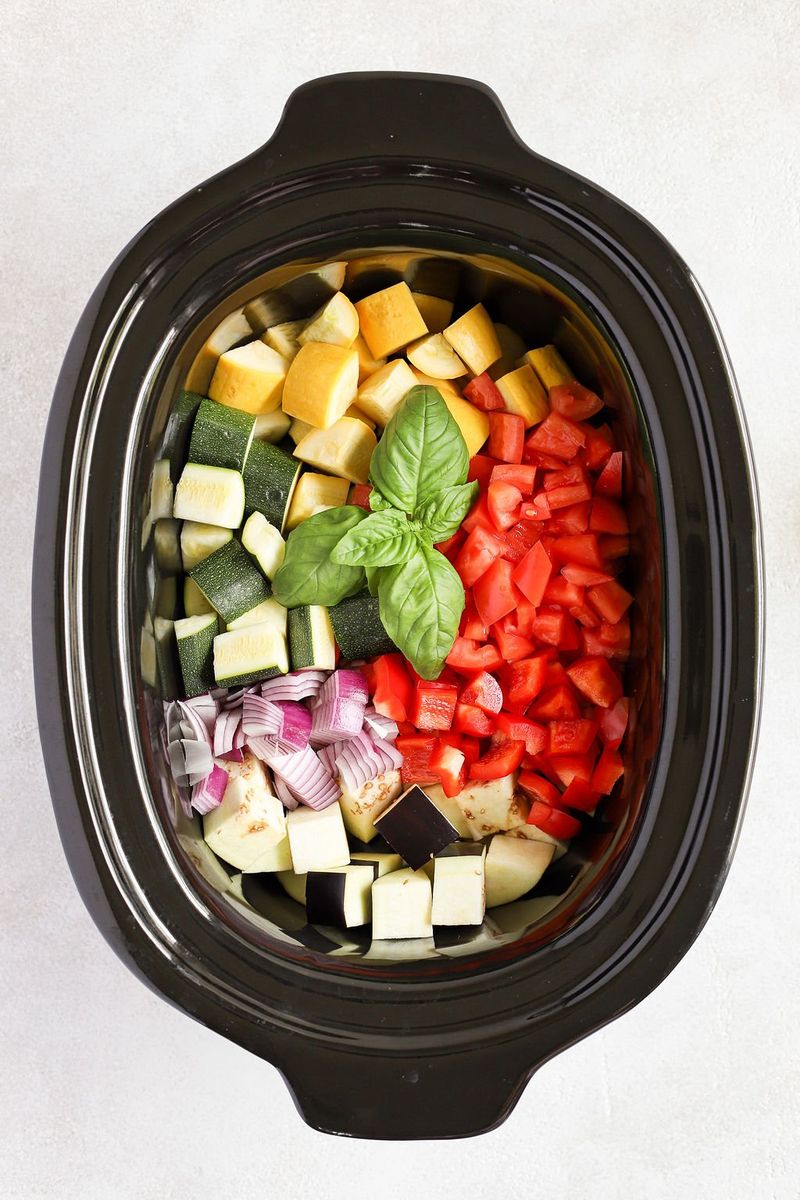
Zucchini, peas, and spinach don’t need hours to cook—they turn limp and lifeless if added with everything else. The color goes dull and the texture disappears.
Wait until the last 30 minutes to toss them in. They’ll stay bright and tender, not soggy.
13. Setting and Forgetting Without Checking Timing
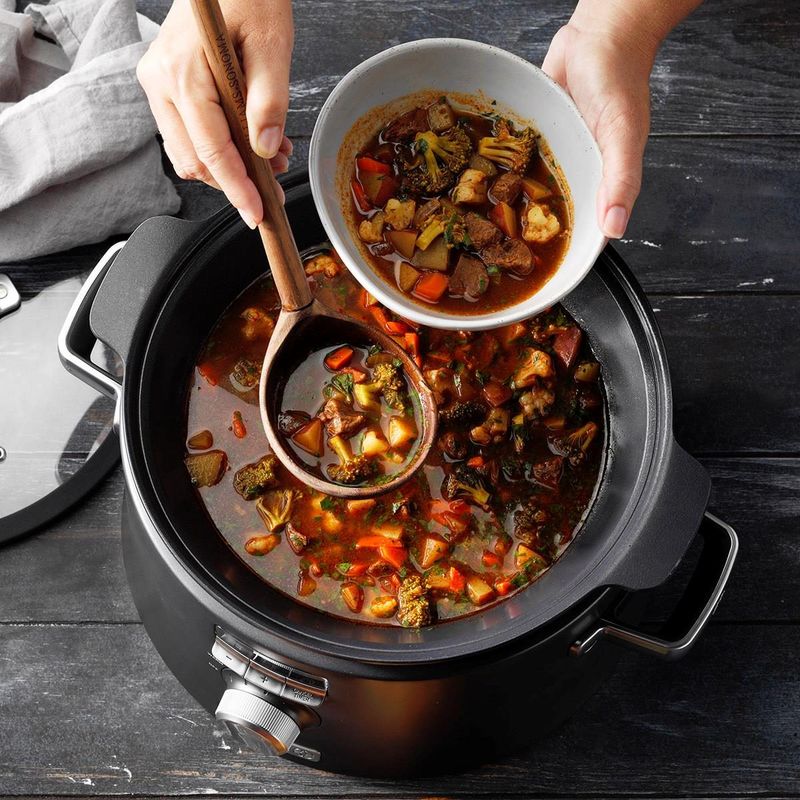
Not all recipes need 8 hours—some are perfect at 4 or 6. Letting them run too long turns food dry or mushy, not more flavorful.
Check for doneness a little early if it’s your first time with a recipe. The slow cooker isn’t totally “hands-off”—just “hands-less-often.”
14. Using High Heat For Too Long
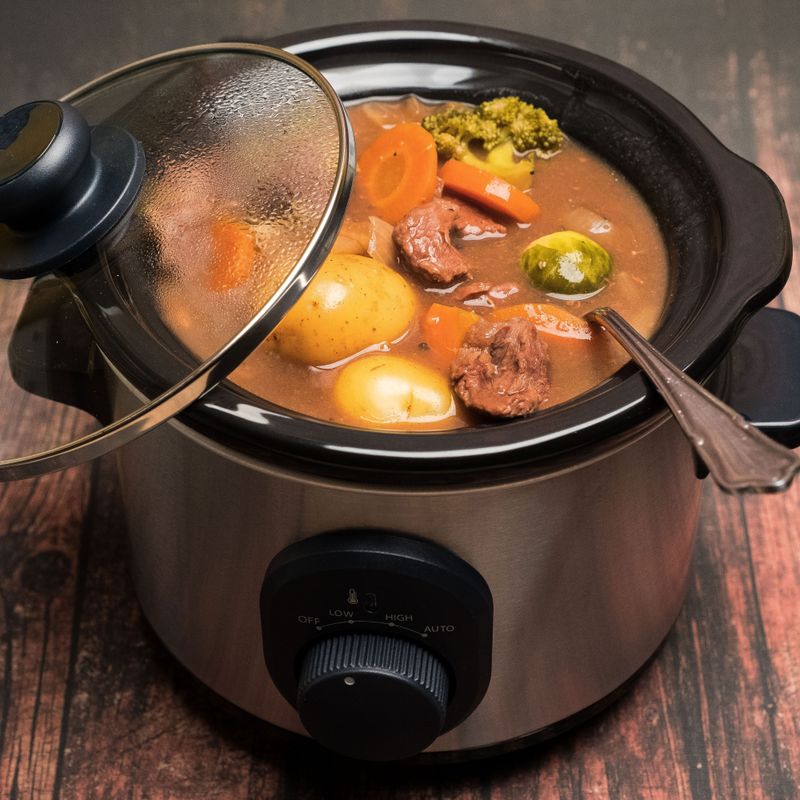
Cranking the heat doesn’t make it go faster—it just risks drying out or toughening the meat. High settings are better for quick dishes, not all-day meals.
Stick to low for most recipes unless you’re short on time. Gentle heat brings out better flavor and texture.
15. Adding Alcohol Without Simmering It First
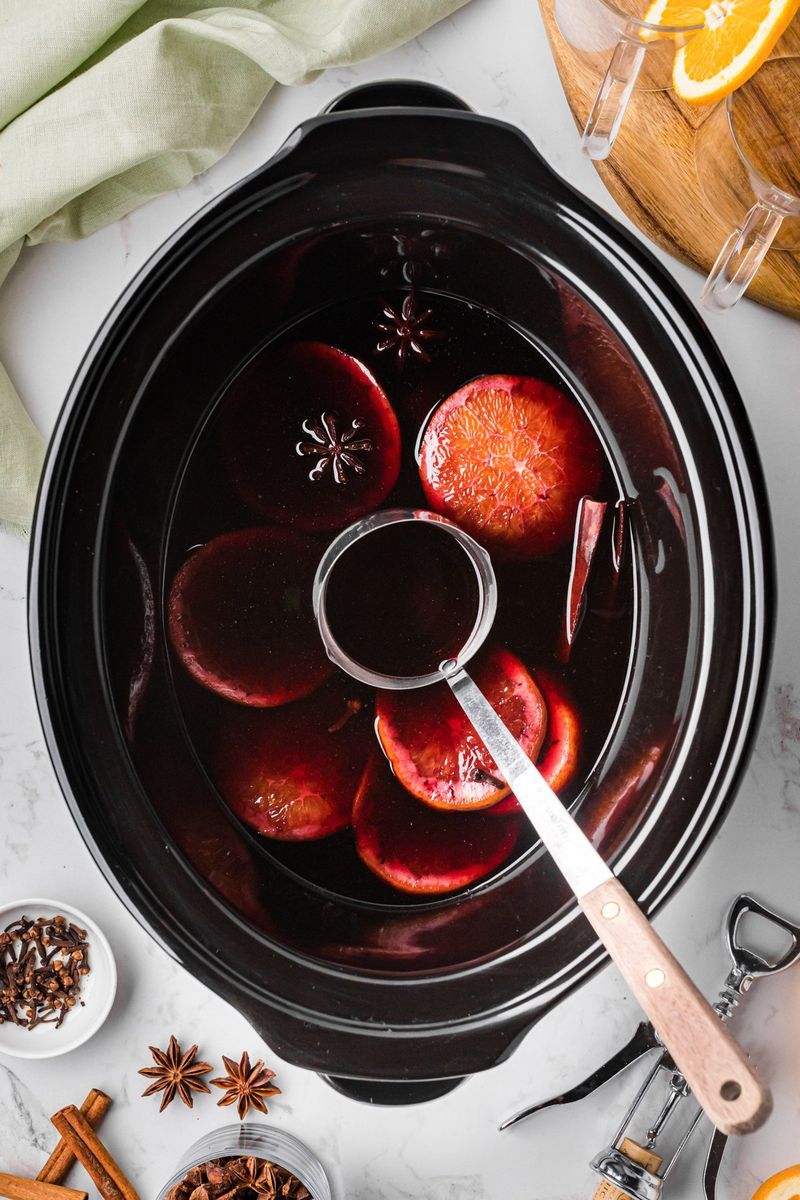
Wine or liquor poured in raw won’t fully cook off in a slow cooker. You could end up with a boozy, sharp-tasting stew that overwhelms the dish.
Simmer alcohol briefly in a pan to burn off the harshness. Then pour it in for richness without the bite.
16. Not Preheating The Slow Cooker
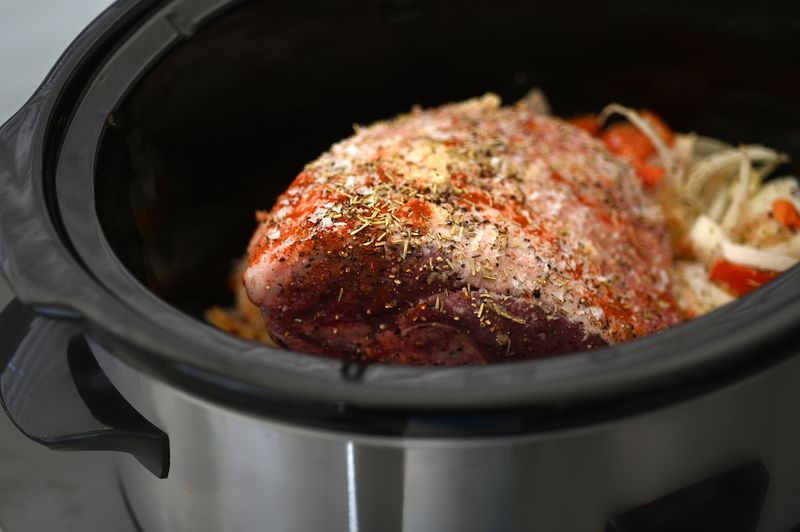
Starting cold can throw off the cooking time and let bacteria grow before things get hot. That’s not just a flavor issue—it’s a safety one.
Turn the pot on while you prep ingredients. A warm base jump-starts the cooking and keeps temps consistent.
17. Ignoring The Importance Of Resting Time
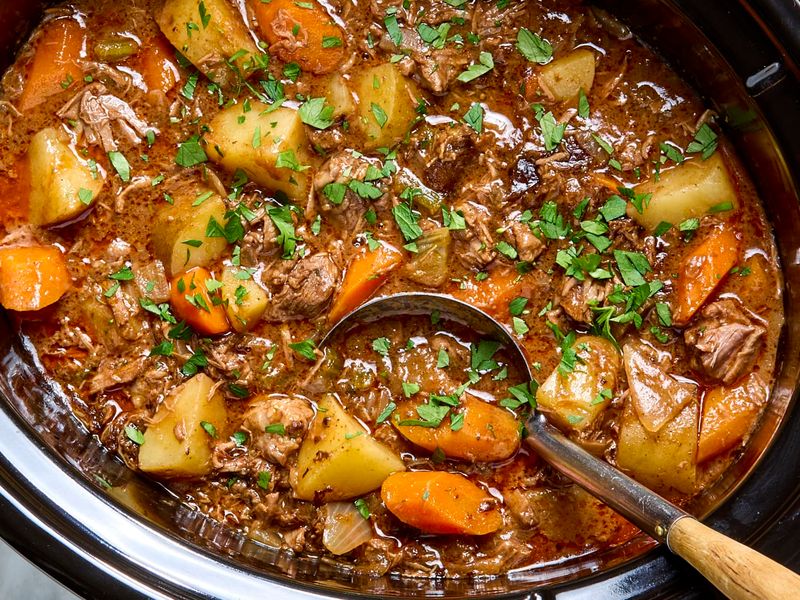
Just like roasted meat, slow-cooked meals benefit from a short rest before serving. Jumping in too fast means juices don’t settle and flavors haven’t fully developed.
Let your dish sit for 10 to 15 minutes before plating. It makes a difference in richness and texture.
18. Cooking Everything On The Same Schedule
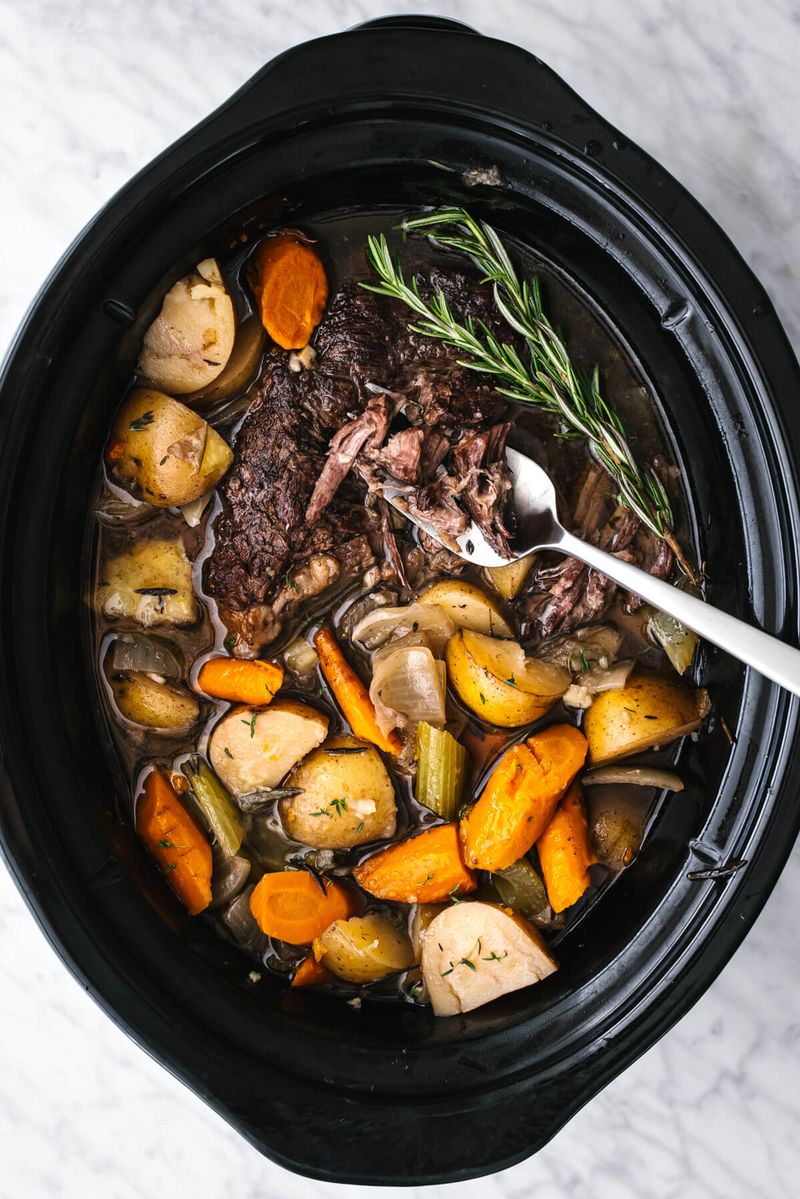
Some ingredients, like root vegetables or large meat cuts, take longer than others. Tossing them in together often leads to uneven doneness.
Stagger the timing if needed. Add quicker-cooking pieces later or cut slower ones smaller to even things out.
19. Relying On It For Crispy Results
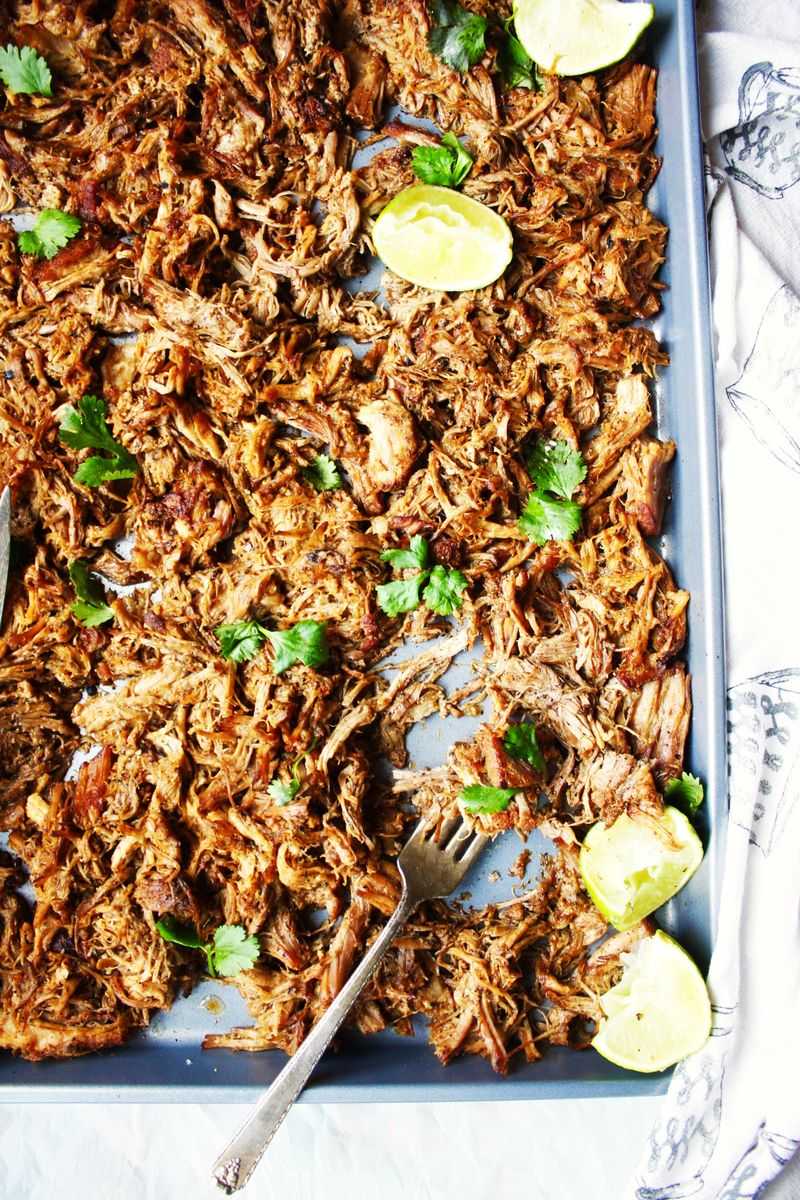
Slow cookers are made for tender, moist cooking—not browning or crunch. Waiting for roasted textures from a steamy pot leads to disappointment.
Finish dishes in the oven or under the broiler for a crispy top. Think of the slow cooker as the base, not the finale.
20. Leaving Leftovers Out Too Long
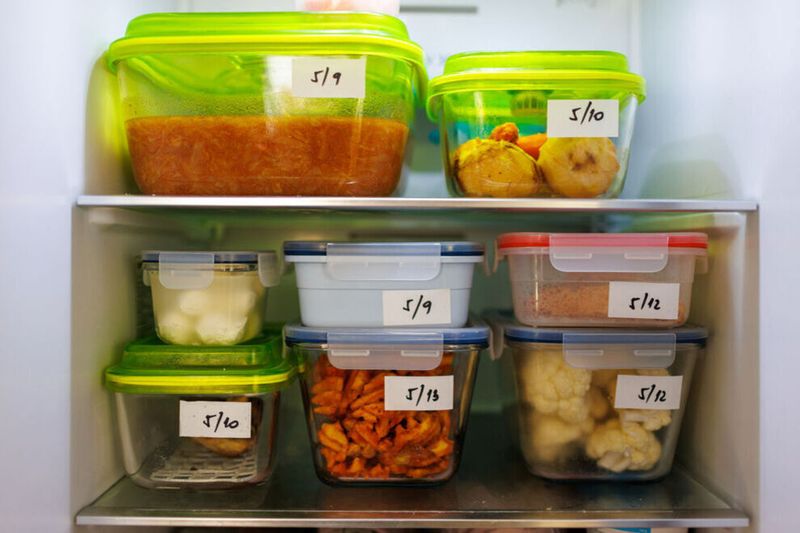
Once it’s done, the food needs to be cooled and stored within two hours. Letting it sit in the pot can grow bacteria fast.
Transfer leftovers to shallow containers and refrigerate quickly. Safety is part of good cooking too—especially when you’ve waited hours to enjoy it.

